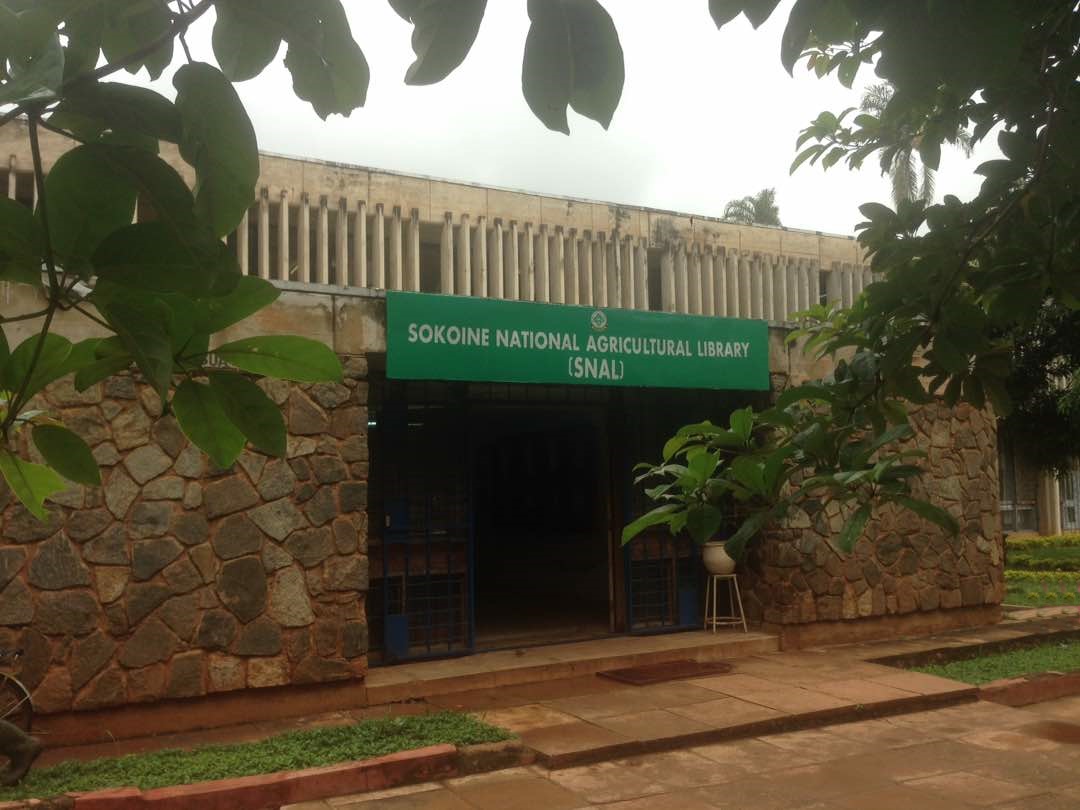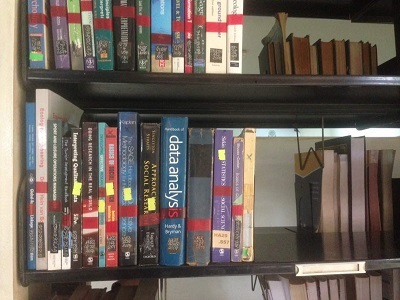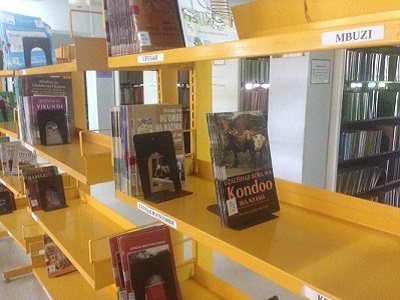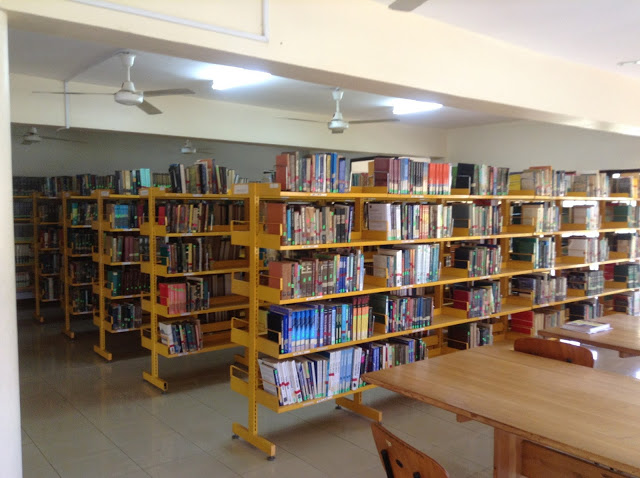
 Sokoine National Agricultural Library (SNAL)
Sokoine University of Agriculture
Sokoine National Agricultural Library (SNAL)
Sokoine University of Agriculture
Have any questions? +255 23 260 4639 snal@sua.ac.tz

History background
The library started in 1964 as a college library for Morogoro college of Agriculture which was offering Diploma training in agriculture. Since then the library has transformed, first, into a faculty library of the Faculty of Agriculture of the University of Dar es Salaam in 1970, then the library of the Faculty of Agriculture, Forestry and Veterinary Science still under the University of Dares Salaam and finally into a university library when the Faculty became a fully fledged university by the Act of Parliament in 1984. The university was named Sokoine University of Agriculture after the tragic accident which claimed the life of the then Prime Minister of Tanzania Edward Moringe Sokoine. This university library became a national library for agriculture in Tanzania by the Act of parliament of 1991, and was consequently named Sokoine National Agricultural Library (SNAL). The Act that elevated the former University Library to a National Agricultural Library gave SNAL the mandate to carry out co-ordination and management of agricultural information in the country and also to act as a national bibliographic and documentation centre mainly in agriculture and allied fields. SNAL has in its holding a diversity of printed and electronic information resources in various disciplines as provided for by the university curricula and user needs. The library is a legal depository of materials published in Tanzania and collects materials published elsewhere about Tanzania. It is also a depository for publications from the United Nations' Food and Agricultural Organisation (FAO) and of all unpublished theses and dissertations from SUA graduates and its staff.
It has one branch library at the Solomon Mahlangu university campus which is located about 10 km west of the main campus.
Vision Statement
The Sokoine National Agricultural Library's vision is to become a resourceful centre of excellence in providing library and information services in agriculture and other disciplines.


Mission Statement
The Sokoine National Agricultural Library's mission is to provide and promote most effective library and information services that maintain physical and virtual access to information resources in response to current and future user needs, using appropriately skilled, motivated and creative staff.
Values
The Sokoine National Agricultural Library's values are:
- Professionalism and excellence in providing information and library services
Staff that are approachable, helpful, committed and happy to working for the library - Strive to provide ready access to print, electronic and up to date sources of information
- Promote greater utilization of library services for research, teaching and learning
- Ensure availability of skilled and competent human resource to meet present and future requirements in the information and library sector
- We evolve to meet the changing needs of the library and its users

Mandate
The specific mandate of SNAL include to:
- Serve library and information needs of any individual or group in need of information
- Supervise, coordinate, advise and offer consultancy and liaison services to all cooperating agricultural libraries in Tanzania for the purpose of improving services to agricultural societies;
- Act as a national bibliographic and documentation centre;
- Collect and maintain records of agricultural research and development projects in progress or completed so as for the library to serve as a national clearing house for agricultural materials.
Copyright © 2018 Sokoine National Agricultural Library. All Rights Reserved.